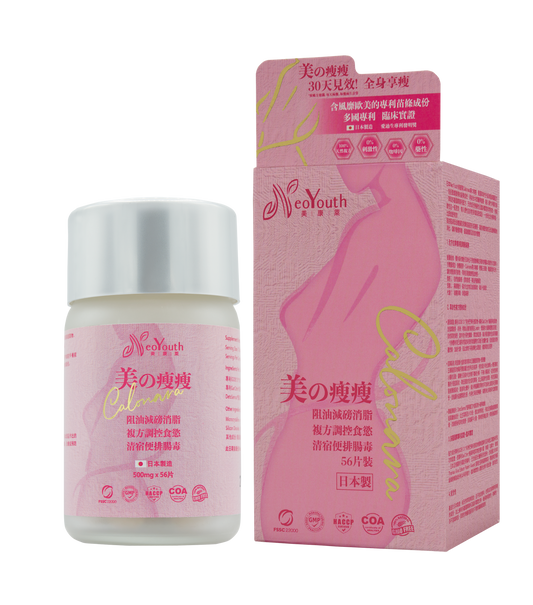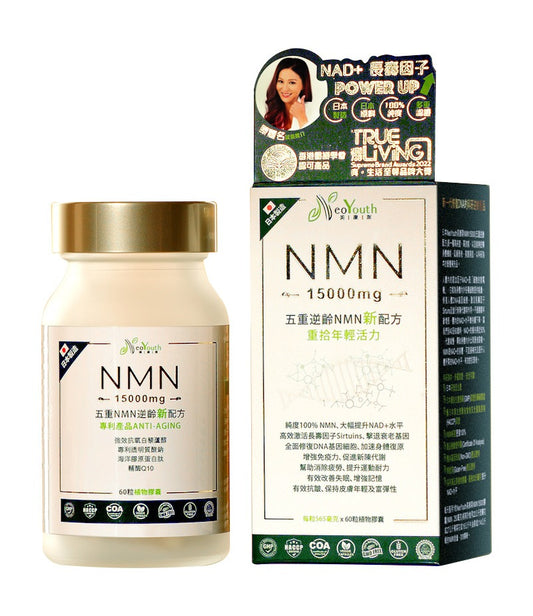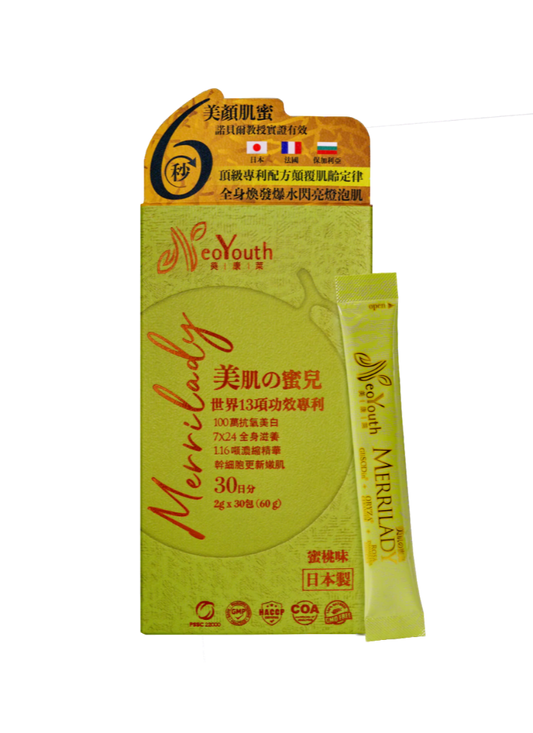Warts are common skin growths, primarily caused by the human papillomavirus ( HPV ) . These viruses enter the body through tiny skin abrasions, stimulating epidermal cell proliferation and forming rough, raised growths. To date , over 150 types of HPV are known, which can be transmitted through various routes and are quite common in daily life. The following are the causes and information related to wart formation:
1. Types of viruses
HPV can be classified into low-risk and high-risk types. Low-risk HPV , such as HPV 6 and 11 , is usually associated with genital warts and common warts, while high-risk HPV is associated with certain cancers, such as cervical cancer. Although most low-risk HPV does not cause serious health problems, it can cause skin growths, affecting appearance and quality of life.
2. Transmission routes
HPV is mainly transmitted through the following methods:
Skin contact: The most common mode of transmission is when a person comes into contact with skin or warts that are infected with the virus, which can then spread.
• Sharing items: Sharing items containing the virus, such as towels, shoes, or sports equipment, can also lead to infection.
Public places: In public places such as swimming pools, gyms and changing rooms, the virus is more likely to survive and spread due to the humid and warm environment.
Healthy people can usually resist HPV infection , while people with weaker immune systems, such as those with chronic illnesses or the elderly , are at higher risk of HPV infection.
3. Types of warts
Common warts: usually appear on the hands, with a rough surface and slightly darker color.
Flat warts: small, flat warts that usually appear on the face or the back of the hands.
Plantar warts: These appear on the soles of the feet and can cause pain, affecting walking.
Genital warts: appear in the genital area, are usually associated with sexual contact, and may affect the quality of sexual life.
4. Preventive measures
Maintain good hygiene habits: wash your hands frequently, do not share personal items, and clean the bathtub and floor regularly, especially if a family member has warts.
• Avoid direct contact: Avoid contact with people who have warts, especially by sharing personal items.
• Use protective gear: Wear slippers in public showers or swimming pools to reduce skin contact with the ground.
• Boost the immune system: Maintaining a healthy lifestyle, including a balanced diet, moderate exercise, and sufficient sleep, can effectively boost immunity.
5. Treatment options
Topical medications: such as salicylic acid cream or other exfoliants, which can effectively remove the surface layer of warts.
Cryotherapy: Using liquid nitrogen to freeze warts is a common and effective treatment method.
Laser treatment: Suitable for large and difficult-to-treat warts, lasers can precisely remove warts.
Surgical removal: When warts recur or affect daily life, doctors may recommend surgical removal of the warts.
If you suspect you have warts, it is recommended that you seek advice from a medical professional for appropriate diagnosis and treatment. Effective prevention and timely treatment can help reduce the impact of warts and maintain a healthy quality of life.





